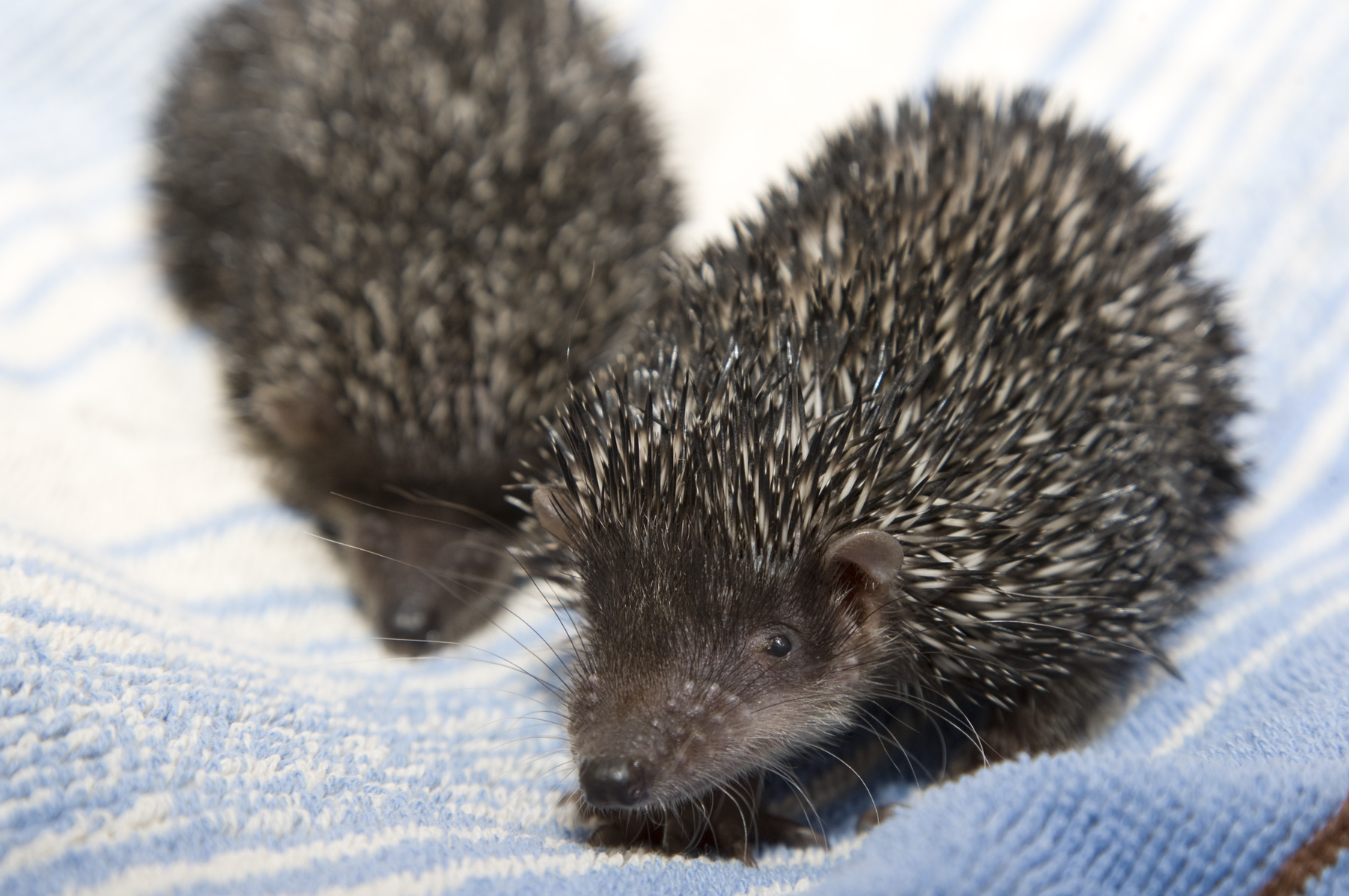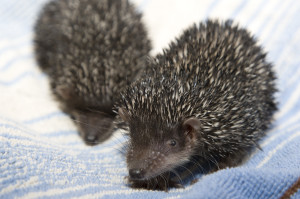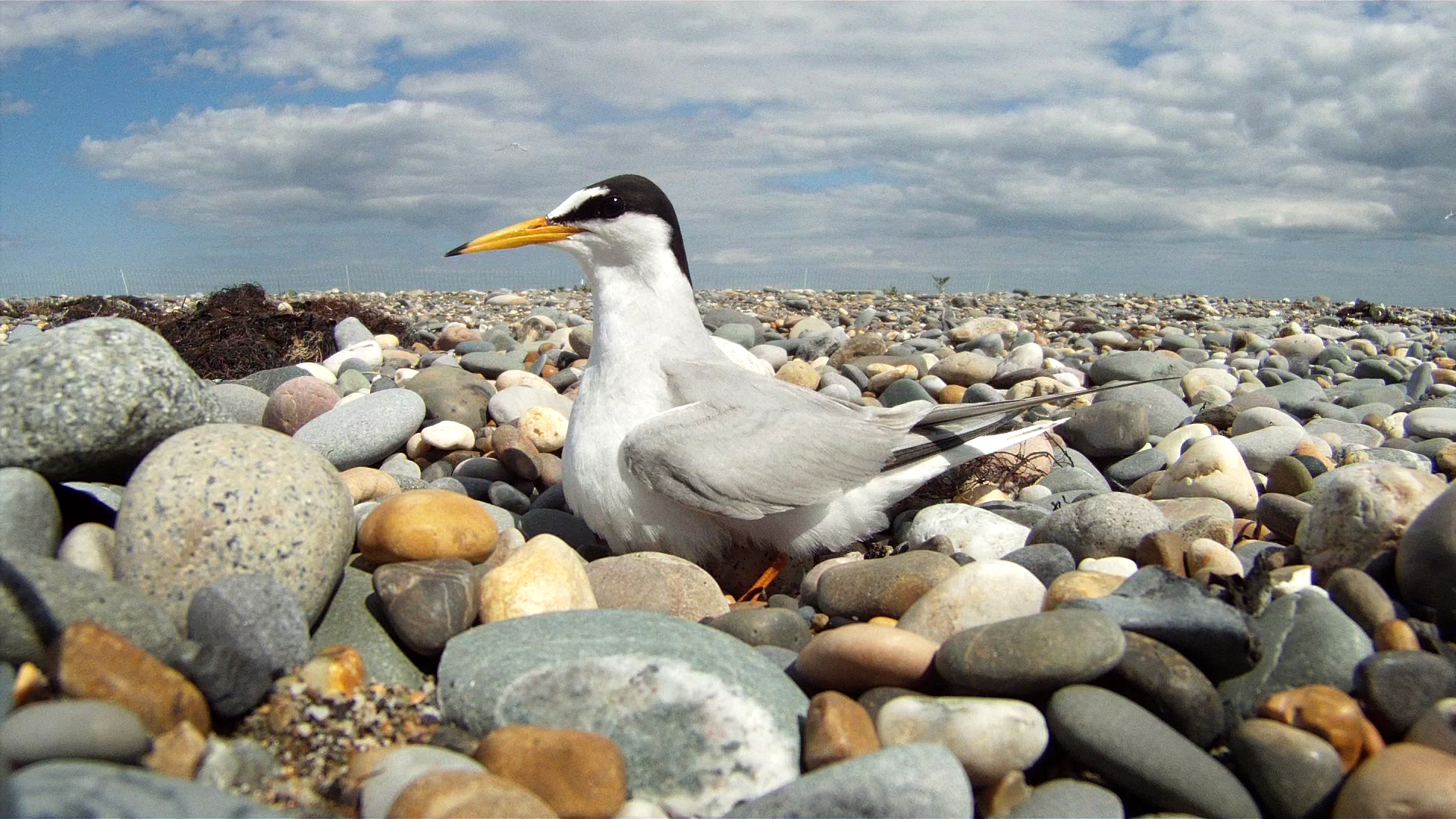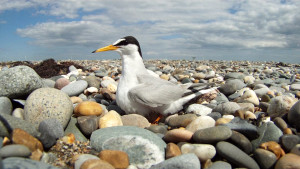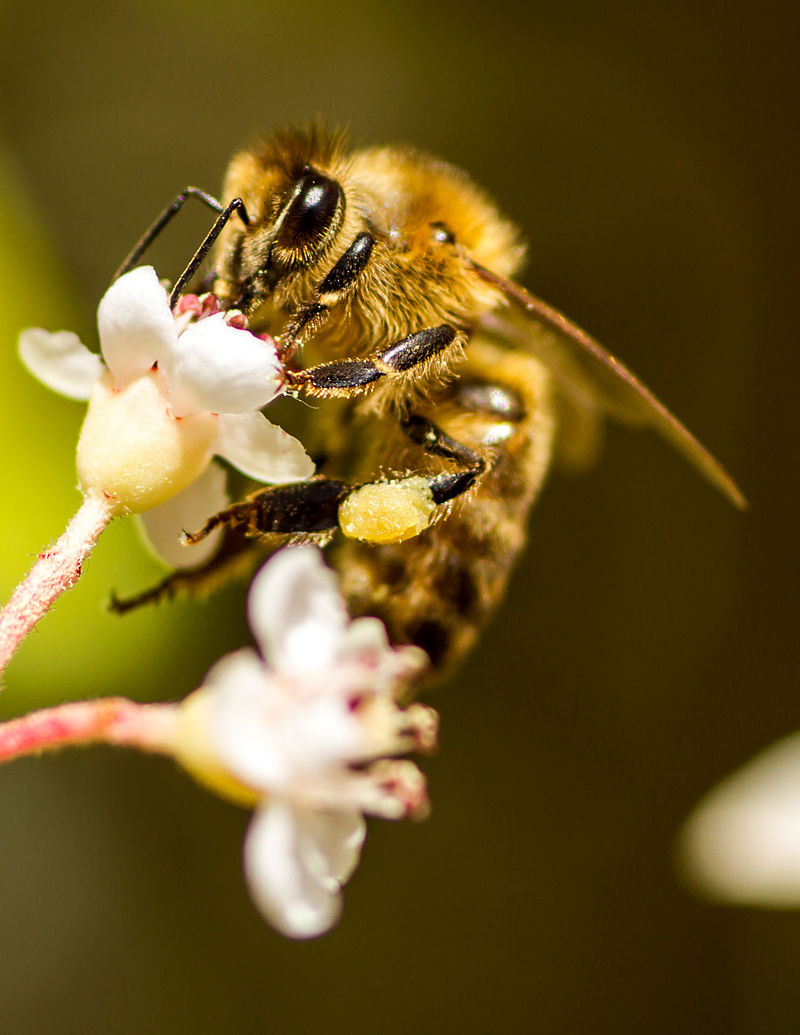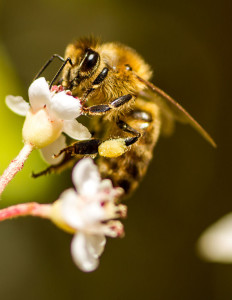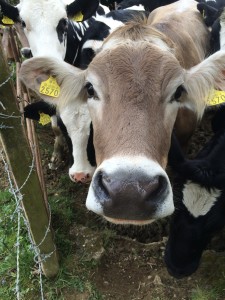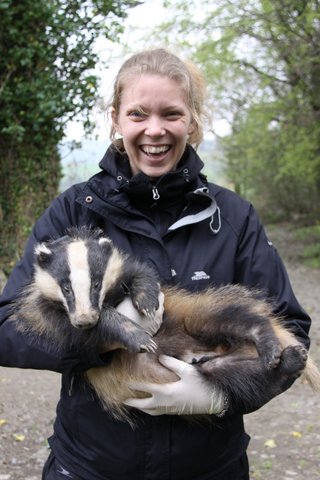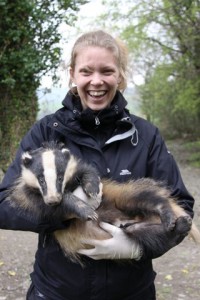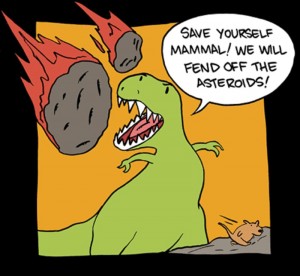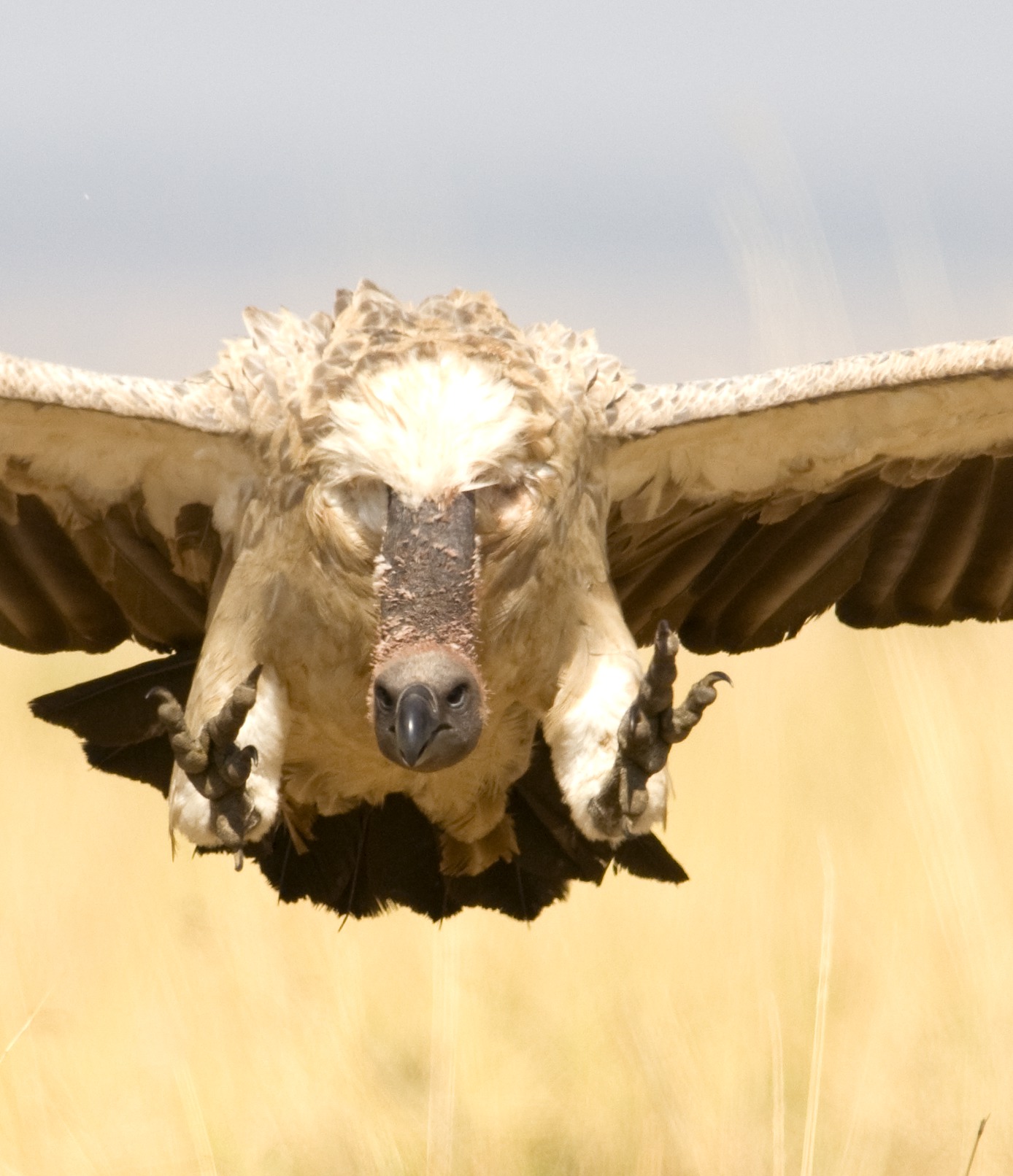Last March we had the fantastic opportunity to assist with cannon netting Barnacle Geese on the Inishkea Islands, a wild Atlantic outpost off the coast of Co. Mayo. This research was part of Dr David Cabot’s long term study of the Inishkea Barnacle Goose population, which breed in Greenland and return to the west coast of Ireland each winter. Dr Cabot has been studying this population since 1961, providing the longest running dataset of any Arctic migrant breeding in Europe. He established the project as an undergraduate in our very own Zoology Department in Trinity (back in the good old days when Catholics could only join Trinity with the permission of their Archbishop, lest they be corrupted by the insidious Protestant ethos of the College of the Holy and Undivided Trinity of Queen Elisabeth!!). Our part in Inishkea was to help catch geese to attach unique inscribed colour ring combinations to their legs. This allows individuals to be tracked to provide information on individual longevity and productivity. Re-sighting of these colour ringed individuals coupled with satellite tracking data have also allowed the timing and route of this population’s migration to be mapped out. Such monitoring is important as a large proportion of the Greenland population of Barnacle Geese winter in Ireland, and Inishkea is one of their most important wintering grounds. Continue reading “Wild Goose Chase – cannon netting on the Inishkea Islands”
Looks can be deceiving
We are all taught not to judge a book by its cover, it’s what inside that counts. Our new paper published in PeerJ shows that the same is true for tenrecs.
These cute Madagascar natives are often used as an example of a mammal family with high morphological diversity. It’s easy to see why: there are tenrecs which resemble shrews, moles, hedgehogs and even otters. These differences are even more remarkable when you consider that tenrecs are more closely related to elephants and aardvarks than they are to any of the small, “insectivore” mammals. One of only four native mammal clades in Madagascar, it appears that tenrecs have undergone an adaptive radiation to fill otherwise vacant, small mammal niches, evolving convergent similarities to other groups in the process.
Tenrecs are clearly very diverse in their appearance. However, prior to our study, no one had tested whether this apparently high diversity was more than skin deep. We tested whether tenrecs were more morphologically diverse than their closest relatives, the golden moles.
We measured the morphology of tenrec skulls and compared their diversity to the shape of golden mole skulls. This meant spending hours poking around the collections of natural history museums and many more hours placing landmarks on skull pictures for 2D geometric morphometrics analyses (Spotify was my friend!)
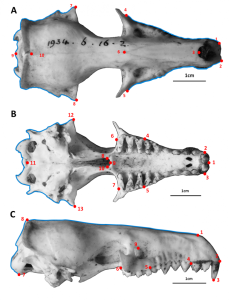
Tenrecs occupy a wider range of ecological niches (fossorial, arboreal, terrestrial and aquatic) than golden moles so we expected that tenrecs would be more morphologically diverse than their cousins. However, we found that tenrec skulls only have more diverse shapes than golden moles when we compared them in lateral (sideways) view but not dorsal or ventral views. These results show the importance of measuring morphology in many different views to gain a more complete understanding of overall morphological diversity.
The tenrec family includes species which convergently resemble many other, un-related small mammals. However, most tenrecs (19 out of the 31 tenrec species in our analysis) belong to the shrew-like Microgale tenrec genus. So, although many people tend to focus on the strange and unusual species (such as the otter shrew, hedgehog tenrec or the bizarre lowland streaked tenrec), most tenrecs are small, shrewy-type creatures that look very similar.
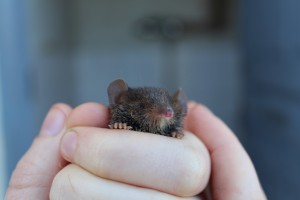
We tested whether the similarities among the Microgale tenrecs might be masking higher morphological diversity in the rest of the family. We repeated our analyses to compare the diversity of golden mole skulls to a sub-set of the tenrec family (including just 5 of the 19 Microgale species). In this case, tenrec skulls were more morphologically diverse than golden mole skulls in all comparisons (skulls in dorsal, ventral and lateral view).
Overall, our results indicate that, while there are clear physical differences among tenrec family members, the majority of tenrecs are quite morphologically similar to each other so morphological diversity in the family as a whole is not as big as it first appears. Of course comparing skull diversity is just one aspect of overall morphology – analysing the shape of other traits such as limbs could yield different results – but our study represents the first step towards a greater understanding of the ecological and evolutionary diversity of tenrecs.
It’s also testimony to the fact that you should never judge a tenrec by its cover.
Author: Sive Finlay, @SiveFinlay
Tern the Tide
In a previous blog post we wrote about the Little Tern conservation project at Kilcoole, Co. Wicklow, which we worked on last summer. While working on this project we recorded a unique behavioural response from Little Terns in a response to inundation by high tides, which we have published in the latest issue of Irish Birds and write about below. Continue reading “Tern the Tide”
Mixed Messages, Pesticide Pestilence and Pollinator Populations
“We’re getting mixed messages from scientists about the effects of neonicotinoids on bees” – I have heard this from several sources, including a very senior civil servant in the UK and from an intensive tillage farmer in Ireland. A recent article in the US media says pretty much the same thing. An article in the Guardian last week entitled “UK drew wrong conclusion from its neonicotinoids study, scientist says”, reports on Dave Goulson’s reanalysis of the Food & Environment Research Agency (FERA)’s own data, but draws the opposite conclusion.
So why is there confusion on bee decline and the role of neonicotinoids? I believe it’s down to several factors:
1. “Bees” are a diverse taxonomic group of insects, including the well-known eusocial honeybee Apis mellifera, the familiar bumblebees in the genus Bombus, plus hundreds of other species of bee, which have quite different life histories and ecologies, most of which do not form social colonies. When talking about bees, we need to be clear about which ones we are discussing. If everyone is clear about which taxonomic group they are talking about, this could cut down considerably on the confusion. (By the way, the Guardian used a picture of honeybees as the image accompanying their article on bumblebees).
2. Honeybees are managed by beekeepers. If a colony dies out (especially over winter in temperate countries), it is replaced by splitting a strong colony in spring. If the colony is sick, it is treated. When we talk about honeybee decline, we are either referring to colony losses (i.e. colonies dying out, which can be caused by a range of factors, especially parasites and diseases, and is highly spatio-temporally variable); OR we are referring to the fact that there are fewer beekeepers out there, or that each one is keeping fewer colonies. The point is, when colonies die out, beekeepers can restock and the total number of honeybee colonies depends on the activity of beekeepers. This is why there appears to be no decline in honeybees in the US. This is not the case for wild bees.
3. Eusocial bees, by the very nature of their colonial societies, are to some extent buffered against environmental stochasticity and pressures. If a few hundred honeybees are killed whilst out of the hive foraging during the summer, it may have little impact on the colony, because there are 50,000 or more honeybees left in the hive. This may be a reason why lab-based findings cannot always be scaled up when replicated at field level. Measuring effects at the colony-level is also another problem. A range of different experimental approaches has led to mixed conclusions on the effects of neonicotinoids on honeybees.
4. A huge number of independent peer-reviewed studies have shown negative lethal and sub-lethal effects of neonicotinoids on wild bees and other non-target organisms (e.g. see review by Pisa et al. 2015), in laboratory, and semi-field studies. Realistic field-level studies on the other hand are challenging methodologically: some bees have large foraging ranges and so studies must be conducted over large areas; pesticide free “control” sites are very hard to find; and wild bees are subject to a range of interacting pressures (loss of forage resources, parasites and disease, cocktails of pesticides, use of managed bees for pollination purposes, climate change…), and disentangling the effects of these pressures in a field experiment is hard. However, those few studies that have been conducted properly appear to support the lab and semi-field findings.
5. The media band-wagon… When the media polarise environmental issues, it’s very hard for people to make an informed decision – instead of crediting the general public with the intelligence to understand that the environment is highly variable in both space and time, and that ecological systems and interactions within them are highly complex, issues are presented as cut-and-dried in one direction or another. Thus the confusion is maintained, so that the next big news story, that contradicts the previous one, can have a bigger impact.
There shouldn’t be any confusion – neonicotinoids have sufficient negative impacts on non-target organisms for us to be concerned about their widespread and often prophylactic use (e.g. as seed dressings). We should also worry about the wider environmental impacts of pesticides like neonicotinoids – how persistent they are, how they get into the soil and water-courses and affect other organisms that provide essential ecosystem services. And we shouldn’t just be concerned about neonicotinoids – the massive cocktail of chemicals we intentionally and accidentally unleash on the natural environment could have long-term and very damaging effects to our natural capital. Including bees.
Author: Jane Stout, stoutj[at]tcd.ie
Photo credit: wikimedia commons
Using a ‘Big Brother’ Approach to Help Combat TB in Badgers and Cattle
Badgers are a very common mammal in Ireland, but few of us have actually seen one of these iconic creatures in the wild. That’s because they are nocturnal, mostly coming out of their setts only at night to forage, patrol their territories and meet the opposite sex.
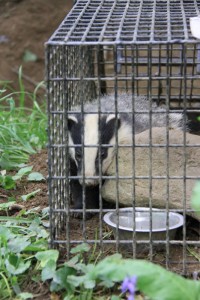 Continue reading “Using a ‘Big Brother’ Approach to Help Combat TB in Badgers and Cattle”
Continue reading “Using a ‘Big Brother’ Approach to Help Combat TB in Badgers and Cattle”
Do you speak Yamnaya?
One nice non-biological thing you can do with phylogenetics (unlike beers) is study the evolution of languages. If you aren’t familiar with evolutionary linguistics, it’s basically the same principles that we use to study the descent with modification of organisms but applied to words. Even though words do not evolve in a biological way, we can still apply similar phylogenetic principles by just adjusting the evolutionary models.
OK but let’s go back to my assumption (that you do speak Yamnaya). Since you are reading this blog post that I’m trying to write in English, you do speak English which is part of the linguistic family (or clade) called the Indo-European that consists of the vast majority of the European and Indian languages spoken by a good 3 billion people (as the name originally suggests- check this excellent visual phylogenetic summary). Even though it is not straightforward to see the similarities between Icelandic and Indi, evolutionary linguistics suggest that both languages have diverged from the same language based on words and grammar similarities. This language, generically called proto-Indo-European is estimated to have originated either around 9000 years ago in the Middle-East and spread across India and Europe along with agriculture (the ‘Anatolian hypothesis’). Or, a second theory postulates its origin around 5000 years ago on the northern shores of the Black Sea and its subsequent spread along with horse riding and wheeled transport (the ‘steppe hypothesis’).
Until last month, both hypotheses were lacking data to explain some crucial temporal problems: the proto-Indo-European language contains words related to wheeled vehicles which were not invented 9000 years ago therefore potentially falsifying the ‘Anatolian hypothesis’. However, DNA studies did support it with a common ancestral population to Indo-European speakers dated around 9000 years ago. Also on the DNA side, no clear evidence for population dispersion was available for supporting a later origin and faster spread of the proto-Indo-European (the ‘steppe hypothesis’).
But that was only until this month: a recent paper by Haak along with his 39 co-authors preprinted in BioRxiv provides evidence for a common ancestral population that originated in the Ukraine and spread at into northern and western Europe. This population links in space and time with the Yamnaya culture around 4000-5000 years ago suggesting that Yamnaya was close to the proto-Indo-European culture. Even though if the ‘Anatolian hypothesis’ cannot be excluded, this new paper strongly suggests that at least the European branch of the Indo-European language originated from the Yamnaya culture (see Extended Data Figure 5 p.32 and its legend p.27 of the preprint pdf for a nice visual summary).
Therefore it is likely enough that Yamnaya was the origin of most European languages and that it spread rapidly through northern and western Europe probably due to technical advancements in transport. I find evolutionary linguistic always amazing when you can state that you wrote/read a blog post in a derived Yamnaya language: English.
Author: Thomas Guillerme, guillert[at]tcd.ie
Photo credit: wikimedia commons
Badgery Fieldwork
One of the best things about my PhD has got to be the fieldwork. My project involves analysing the GPS data of a population of badgers to find out where they forage, how big their territories are, who lives with whom and how they disperse. This means putting GPS collars on them twice a year. Badgers have a bit of a bad rep, one they really don’t deserve. Contrary to popular opinion they are not vicious beasts that, once clamped on to your foot, won’t let go until they hear the bones crack (people say this to me a lot). They are in fact quite timid and very cute with it! Continue reading “Badgery Fieldwork”
Say “the rise of the age of mammals” again, I double dare you!
In biology and among biologists, we like to use terms that we know are not correct but that still come in handy when you’re confident that your interlocutor understands them the way you do. I’m thinking of terms such as “key adaptations”, “living fossils”, etc… However, among them, there is one that particularly bugs me and makes me feel like Samuel L. Jackson in the iconic Pulp Fiction scene and that is: “the rise of the age of mammals”.
Recently, Barry Lovegrove and his students published a nice data driven paper in Proceedings of the Royal Society B on the hibernation of tenrecs. The team found that these amazing creatures (I refer you to Sive’s posts, our tenrec expert) do go into hibernation for 9 months straight even though they live in tropical latitudes. The paper first sparked my curiosity because of this new tenrec fact but also due to the spin that the authors put on the paper’s results. They create a broad significance for the implications of their research on hibernation in tenrecs by describing their potential applications for how we might biologically programme astronauts to hibernate on a journey to Mars.
But what struck me the most (and I’m coming to main point of this blog post) is that the authors place their paper in the context of our understanding of the K-T boundary event which, they argue, was a key event in the evolutionary radiation of placental mammals (according to work by O’Leary and colleagues discussed here and here). And from there, the authors claim that tenrecs’ “predation-avoidance hibernation may be an ancient plesiomorphic characteristic in mammals and is a legacy, perhaps, of the 163 Myr of ecological suppression by the dinosaurs. It enabled the ancestral placentals, as well as the marsupials and monotremes […], to endure the short- and long-term devastations of the K-Pg asteroid impact, a capacity which is possibly the sole explanation for the existence of mammals today.”
This suggestion is based solely on their findings about hibernation in tenrecs. Their rather crude extrapolations to what these results tell us about the origin of placental mammals are mainly based on two erroneous assumptions:
-(1) they “report a plesiomorphic (ancestral) capacity for long-term hibernation that exists in an extant, phylogenetically basal, tropical placental mammal, the common tenrec”
– (2) “The long ca. 160 Myr stint of the nocturnal, small, insectivorous mammal was over, and gave way to the age of the mammals, the Cenozoic” because of the “Ecological release from the vice grip which the dinosaurs held over Mesozoic mammals”
(1) Tenrecs are Afrotherians. They are a sister group of golden moles and nested somewhere within the elephant shrews and aardvarks clade that is sister to the elephants, hyrax and sirenians (so, even within Afrotherians, tenrecs are not particularly basal). Afrotherians are a sister group to either Xenarthrans or Boreoeutherians (depending on the genomic region) but all three together form the extant eutherians. It is mistaken to interpret tenrecs as a “basal” mammal clade. The authors claim that their “hibernation data show some affinities to the ‘protoendothermy’ first noted in echidnas, suggesting retention of plesiomorphic characteristics of hibernation on Madagascar through phylogenetic inertia”. This implies that this hibernation characteristic has been lost in all other mammal groups .Using basic principles of parsimony, it would make more sense to attribute this hibernation characteristic to being yet another example of a convergent trait in tenrecs, not an ancestral state which was lost in most other mammals.
(2) I grew up reading a steady diet of books about the history of life. These presented a nicely summarized picture: around 65.5 Mya (now updated to 66 Mya, a small detail that can easily be fixed), all dinosaurs went extinct because they were too big and too stupid and the clever small mammals survived without any problem, liberated from their domination by the big stupid dinosaurs. This vision was awesome as a child; it had all the elements for a really anthropocentric/biblical view of the story (think about the Exodus) and clearly explained why mammals are the dominant species today. It even explains the success of humans: we used our cooperation and intelligence to reach our dominant position as head of all the mammals.
However, this romantic vision of the history of life (driven by paleontological data prior to the amazing discoveries of new Jurassic and Cretaceous mammals in the 90s and 2000s and the advent of molecular phylogenies) has, thankfully, been updated to integrate the last two decades of excellent work. This lead to a picture that is less romantic and more complex. The dinosaurs didn’t really disappear and are actually still more numerous (species richness-wise) than mammals nowadays. Similarly, the placental mammals and their ancestor didn’t just “bloom” after the K-T boundary event: they had their origin back in the late Jurassic, roughly at the same time as the dominant tetrapods of today (the birds), and they radiated multiple times: mainly due to global climatic changes during the Paleogene such as the “Grande Coupure” or the PETM…
I’m not sure why the authors chose to adopt an outdated vision of the evolution of mammals to introduce their work but it seems a pity to me that such a spin is necessary to present good work on unknown/understudied groups even if they’re as cool as tenrecs!
Author: Thomas Guillerme, guillert[at]tcd.ie, @TGuillerme
Photo credit: http://www.smbc-comics.com/?id=1535
Bird Feeders
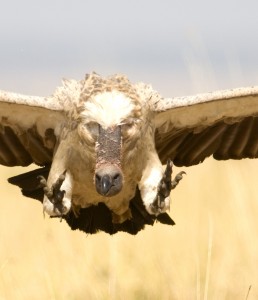 It’s coming up to winter so people will be conscious that our garden birds need a helping hand to get through the cold months. Bird feeders will be stocked, bread served up and water dished out. In the UK alone, almost half of households provide supplementary food for birds throughout the year. And although songbirds are usually the species that come to mind when we think of provisioning food the same principle can apply to more exotic birds, notably vultures. Indeed conservationists have supplied extra food to these scavengers for decades. Instead of bread or berries, a carcass is left out for the vultures to feed on. A recent paper of ours advocates this technique for a population of African White-backed Vultures in Swaziland.
It’s coming up to winter so people will be conscious that our garden birds need a helping hand to get through the cold months. Bird feeders will be stocked, bread served up and water dished out. In the UK alone, almost half of households provide supplementary food for birds throughout the year. And although songbirds are usually the species that come to mind when we think of provisioning food the same principle can apply to more exotic birds, notably vultures. Indeed conservationists have supplied extra food to these scavengers for decades. Instead of bread or berries, a carcass is left out for the vultures to feed on. A recent paper of ours advocates this technique for a population of African White-backed Vultures in Swaziland.
This country is home to the densest breeding population of this species so we should do our best to conserve them given the huge declines suffered by vultures throughout the Old World. In the paper we showed times when there isn’t enough food in Swaziland to feed the whole population which means the birds are forced to forage farther afield, most likely in South Africa. On the face of it this doesn’t seem problematic because South Africa has huge populations of herbivores which could supply carcasses to vultures. But the birds must fly over unprotected areas as well. This increases their chances that they’ll encounter a poisoned carcass, perhaps set out by a farmer to kill the terrestrial carnivores harassing his livestock.
It’s well known that vultures are particularly sensitive to poisons, especially NSAIDs. Their group foraging behaviour makes them even more susceptible too, the discovery of a carcass by one individual will bring in the rest of the soaring birds in visual range. The hope with creating vulture restaurants is the birds will focus on foraging for carrion in Swaziland, minimising the risk of poisoning.
Yet there are well known problems with supplying supplementary food for animals in general. They may act as an ecological trap for instance, drawing the birds into an area only for the fickle humans to stop the supply of food. Carrion is an unpredictable resource so vultures forage in a characteristic way to improve their chance of encountering it. If food is supplied in a predicable way there is a fear we may disrupt these behaviours. Another recently realised danger in providing supplementary food is that it can attract unwanted guests. Sites tailor made for vultures in South Africa were shown to draw in jackals and hyenas.
Given these issues practitioners need to think carefully about how they provide food. Perhaps the best approach is a series of sites supplying food at random which would best represent the distribution of naturally occurring carrion.
Author: Adam Kane, @P1zPalu, kanead[at]tcd.ie
A tern-up for the books
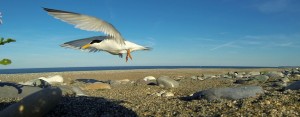
The last two years have seen successive record breeding seasons for Little Terns (Sternula albifrons) on the Irish east coast, with over 350 pairs breeding in 2013 and over 400 pairs in 2014. These record years are the result of 30 years of dedicated efforts to rescue Little Terns as an Irish breeding species, after population collapses in the 1980s and 1990s. As part of the BirdWatch Ireland team involved in these two exceptional years, we reflect on the conservation success story which has led to this remarkable tern-around in fortunes. Continue reading “A tern-up for the books”


